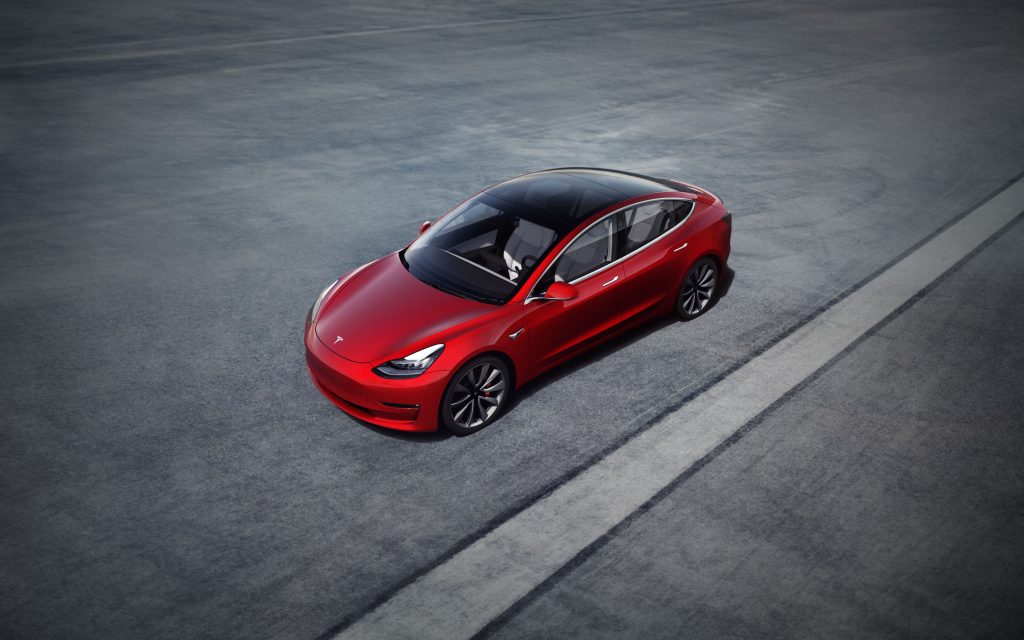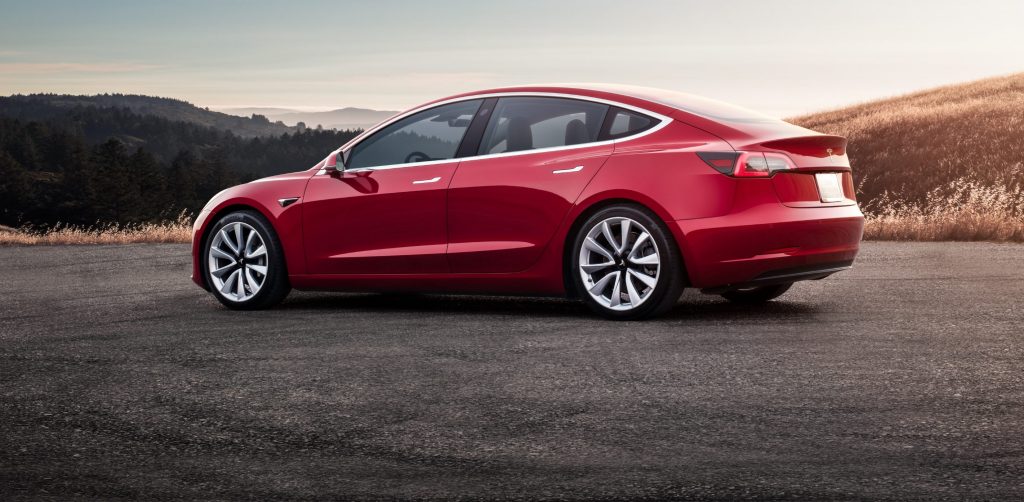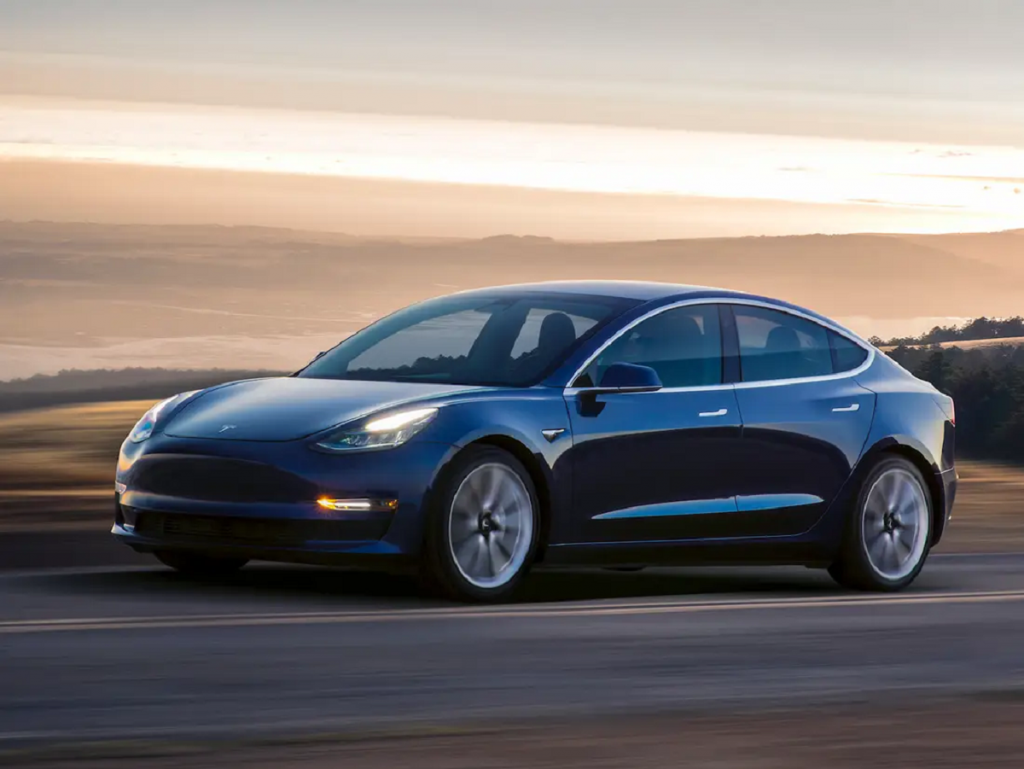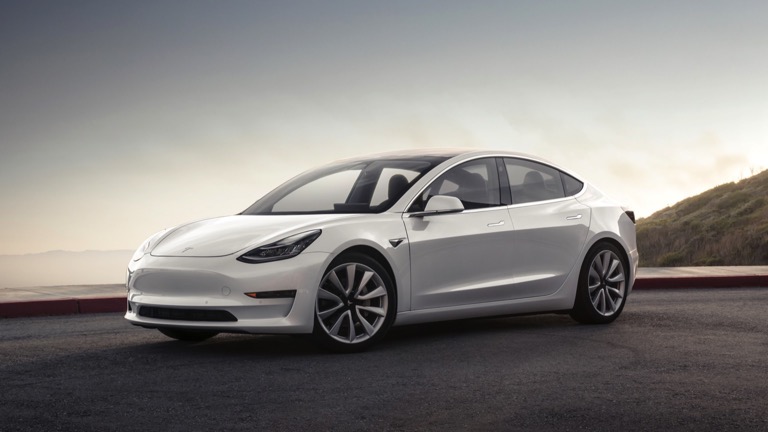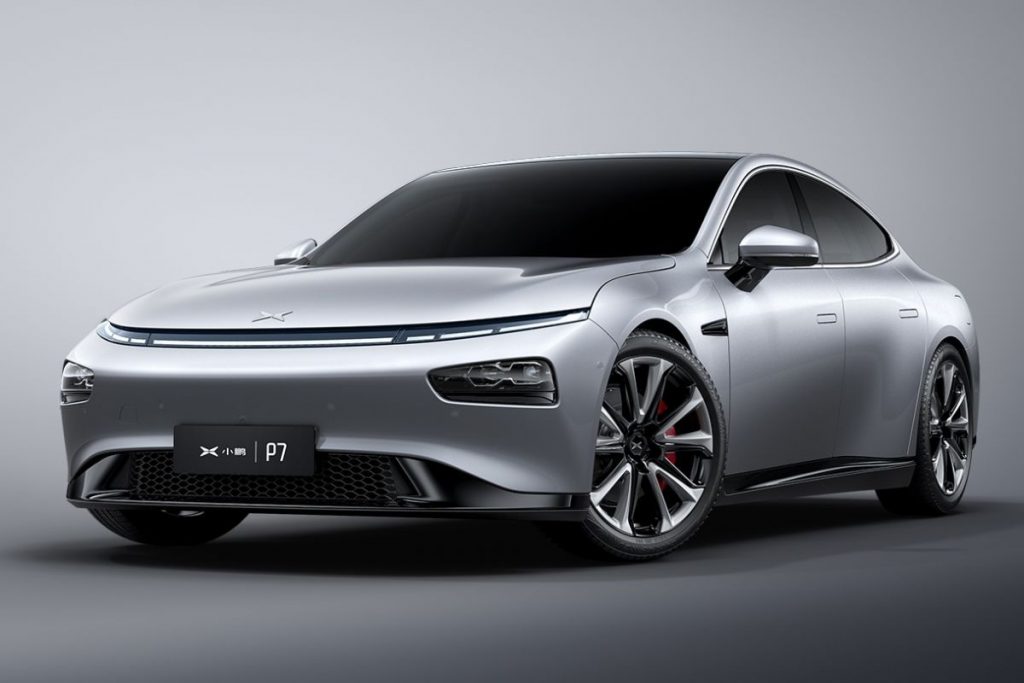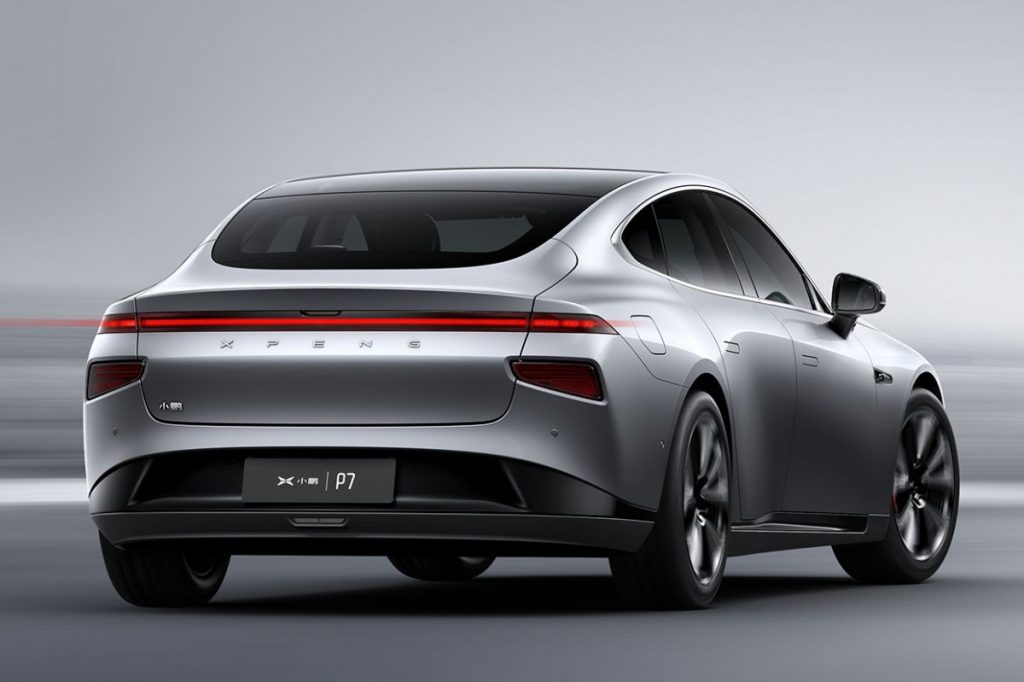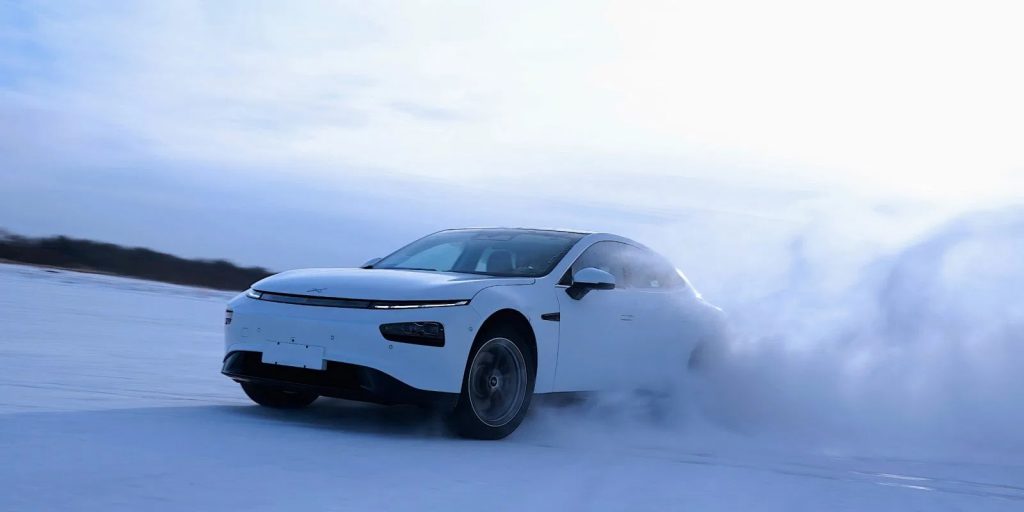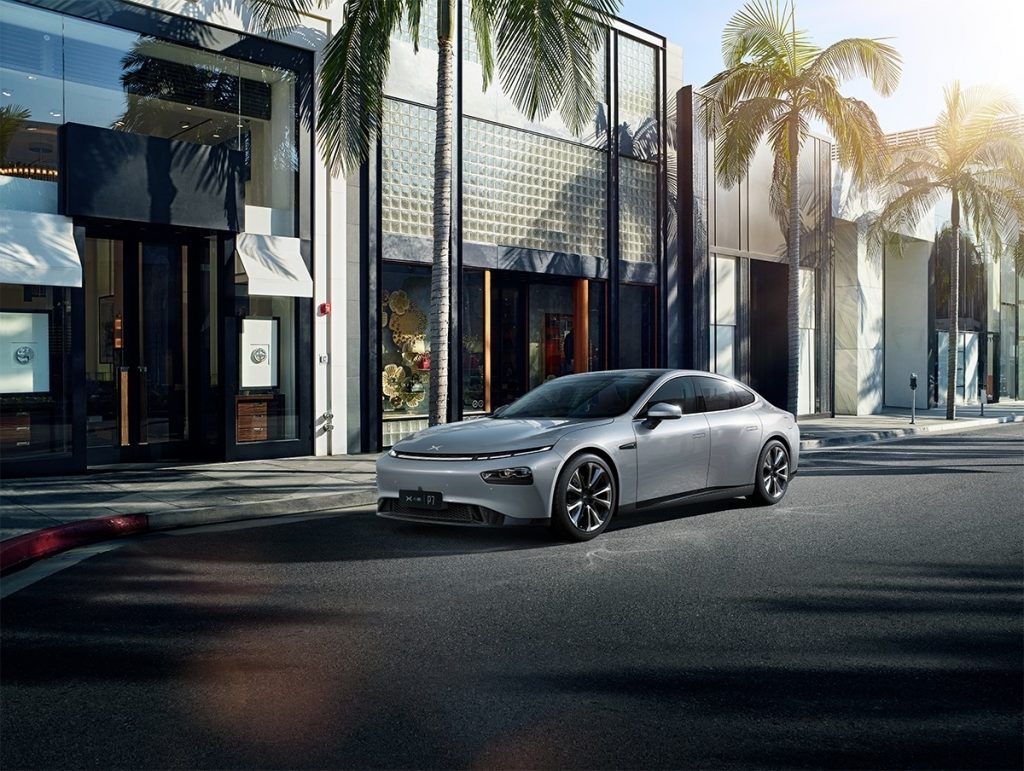The Chinese electric vehicle market has been favorable to Tesla. In particular, the company’s Tesla Model 3 has enjoyed success since it was launched. But a local competitor is trying to change the status quo.
Tip: If you are looking to purchase a Tesla Model 3, be sure to use this link to purchase. With our referral, you can get 1000 miles of free supercharging.
Xpeng has only been around for five years, but the company is far too ambitious not to take them seriously.
It has only two car brands. However, Xpeng’s new P7 sedan is giving tesla Model 3 a run for its money. Xpeng P7 is the company’s second production model but it comes with some impressive benchmarks that got people even rating it ahead of Tesla model 3.
While both of them are competitors in the car industry, they are also going head to head in court.
Tesla is accusing Xpeng Motors of proprietary theft. The electric car giant alleged that one of its former engineers stole autopilot secrets from the company and took to Xpeng, where the source code was used to manufacture Xpeng P7.
However, Xpeng Motors has denied the allegations and refused to disclose its autonomous-driving source code for the Xpeng P7, which is a Tesla Model 3 lookalike.
Whichever direction the lawsuit finally ends up taking, one thing is certain that Xpeng is thinking big. The company has contracted 164 proprietary charging stations, it has 73 store service networks, and 113 outlets in 57 cities.
The legal battle is still going on, but our interest today is to do a fair comparison between the two-car models to find out which one is better in terms of features and other benchmarks.
Comparing Xpeng P7 vs Tesla Model 3
The Xpeng P7 is indeed quite similar to the Tesla Model 3 in a lot of ways. However, some features about them are different too.
The P7 in particular is very impressive as some configurations of the car can accelerate to 62 miles per hour within 4.5 seconds.
On the other hand, model 3 can sprint to 60 miles per hour within 5.1 seconds.
In terms of distance range, Xpeng P7 keeps Tesla Model 3 in the wake as it is 200 miles farther on a charge compared to Tesla. However, speed is not the only thing to consider when buying an electric car. You still need to consider safety features and other features as well.



Model 3 
Xpeng P7 vs Tesla Model 3 – key features
Xpeng is the first to use NVIDIA’s Drive AGX system-on-a-chip to run the Xpeng P7 array of cameras and sensors. Each sensor has 14 cameras, 5 millimeter-wave radars, and 12 ultrasonic sensors.
Also, Xpeng uses a different battery benchmarking system than Tesla, so battery range comparisons may not be a true reflection of reality. The only reality between the two electric car models is the price, as Xpeng P7 is offered cheaper than its Tesla counterpart.
Xpeng has been upfront in the development of its XPILOT autonomous driving software, as the P7 will be running both the 3.0 and 2.0 versions simultaneously to add redundancy. It will include self-parking, traffic light recognition assistance, navigation-guided pilot, keeping to proper lane even in tight curves, and adaptive cruise.
On the other hand, Tesla is also equipped with lots of features. The Model 3 comes with aluminum wheels covered with plastic aerodynamic hubcaps. Tesla added some features to the Model 3 recently, with two notable ones being the standard Autopilot capability and lane-keep assist. Xpeng P7 also has the autopilot feature but it has a slightly different name as it is called an autonomous-driving feature.
Xpeng P7 vs Tesla Model 3 – Design
P7 is a vaguely dolphin-looking car with gentle curves and smooth surfaces. It has several models just like the Tesla Model 3. The most expensive model is the AWD performance variant which can sprint from 0 to 62kmh in just 4.3 seconds. The middle model is the super-long range RWD, which offers a 430-mile range, while the basic model with the cheapest price tag offers a 353 price range.
The Model 3 comes with three different trims, with each offering a separate estimated driving range. There is the highest model range reaching 322 miles while the lowest range claims 250 miles.
P7 boasts ergonomic features and superior styling, designed to enhance and enrich the driving experience. The body of the car is designed in an elegant minimalist profile, delivering a smoother, quieter, and long-range ride
Like other Tesla models, Model 3 has its battery under the floor, which leads to low gravity. It helps to keep the car stable in corners and enables the change of direction swiftly.
The steering is well-weighted and accurate, with three different settings for the level of steering effort.
The P7 car uses Bosch ABS and Brembo braking system However, the P7 chassis was co-developed by Porsche. The car is also completely wired for level 3 self-driving.
P7 is equipped with 12 ultrasound sensors and 14 cameras covering 360 degrees around the car. Xpeng P7 is a powerful car that can perform 30 trillion operations per second with the consumption of only 30 watts of power. It’s Nvidia’s version of the Tesla self-driving boards.
There is also the intelligent cockpit, which is designed to interact with the driver and passengers via Dynaudio surround-sound audio, infotainment, and voice commands.
Xpeng P7 vs Tesla Model 3 – interior
When it comes to the interior, both cars are built with the utmost comfort in mind, despite their self-driving characteristics. For Xpeng R7, the interior looks nice with mood lighting and leather seats. The touchscreens are not too overwhelming, but they are large enough. The interior also has a 600-watt Dynaudio stereo as well as voice functionality. The front console is fairly low, the doors are frameless, and the roof is a panoramic glass job.
On the other hand, Model 3 has a shockingly simple interior, with almost everything controlled by the monolithic touchscreen at the center of the dashboard.
Model 3 has a low flat floor, which provides an airy and spacious feel inside. The front seats are comfortable and supportive, but the rear seats are not as comfortable as they are a bit cramped.
The seatbacks of the Model 3 can easily fold flat, which provides a large cargo floor to haul larger items.
Xpeng P7 vs Tesla Model 3 – Infotainment and Connectivity
Both Tesla Model 3 and Xpeng P7 have pretty standard USB, Bluetooth, and navigation connectivity. But the Model 3 doesn’t come with SiriusXM satellite radio or an AM radio. It also doesn’t have Apple CarPlay or Android Auto.
However, Model 3 provides enough entertainment options on its central display, including YouTube, Netflix, and several other arcade games. It also offers over-the-air (OTA) updates, which keep the car current when it comes to safety and security. This update is not done frequently, but only on occasions where there are new Tesla models.
The position of R7 as a Model 3 competitor is unquestionable, with loads of infotainment notes and design such as a large format touchscreen and panoramic glass, as well as Dynaudio surround-sound audio.
Xpeng also follows Tesla’s approach to making sure its cars are current with over-the-air updates. This feature was exclusively used by Tesla, but many other companies have started adopting the innovative feature.
Xpeng P7 vs Tesla Model 3 – Charging technology
In terms of charging technology, Tesla Model 3 provides better-charging capabilities because of Tesla’s new advanced charging system known as the V3 Supercharger network.
Both the Xpeng P7 and Tesla Model 3 offer different charging options, but Tesla offers more charging options than P7. Tesla Model 3 can charge using a home-charging station, 120 and 240-volts outlets, adapters for DC public-charging stations, and Tesla’s superchargers, its fastest charging stations.
Xpeng P7 vs Tesla Model 3 – Safety Features
Before launch, the Model 3 was crash-tested by the National Highway Traffic Safety Administration. The result of the test showed Model 3 got a 5-star rating. Some key safety features of the Model 3 include standard adaptive cruise control, standard lane-departure control, as well as the standard automated emergency braking system.
Its Autopilot driver-assist system is probably the better feature when compared with the autonomous-driving feature of Xpeng P7.
Xpeng P7 vs Tesla Model 3 – Warranty and Maintenance Coverage
The warranty coverage provided by Tesla is longer than what R7 has to offer. It’s one of the longest in the electric car industry. But the only problem is the exclusion of corrosion protection.
Model 3 Long Range model has an additional 20,000 miles for the warranty coverage of drive components and battery.
The Powertrain warranty provides cover for 100,000 miles or 8 years, while the limited warranty offers cover for 50,000 miles or 4 years. However, there is no complimentary scheduled maintenance.
P7 also has its safety and warranty coverage, but it’s still not clear how long the Xpeng will allow for its warranty. The car company announced that there will be an update on some of the features, including the warranty coverage. But it’s difficult to see Xpeng offering more than what Model 3 has already offered.
Tip: You can get 1000 miles of free supercharging if you buy directly from Tesla’s website here.

